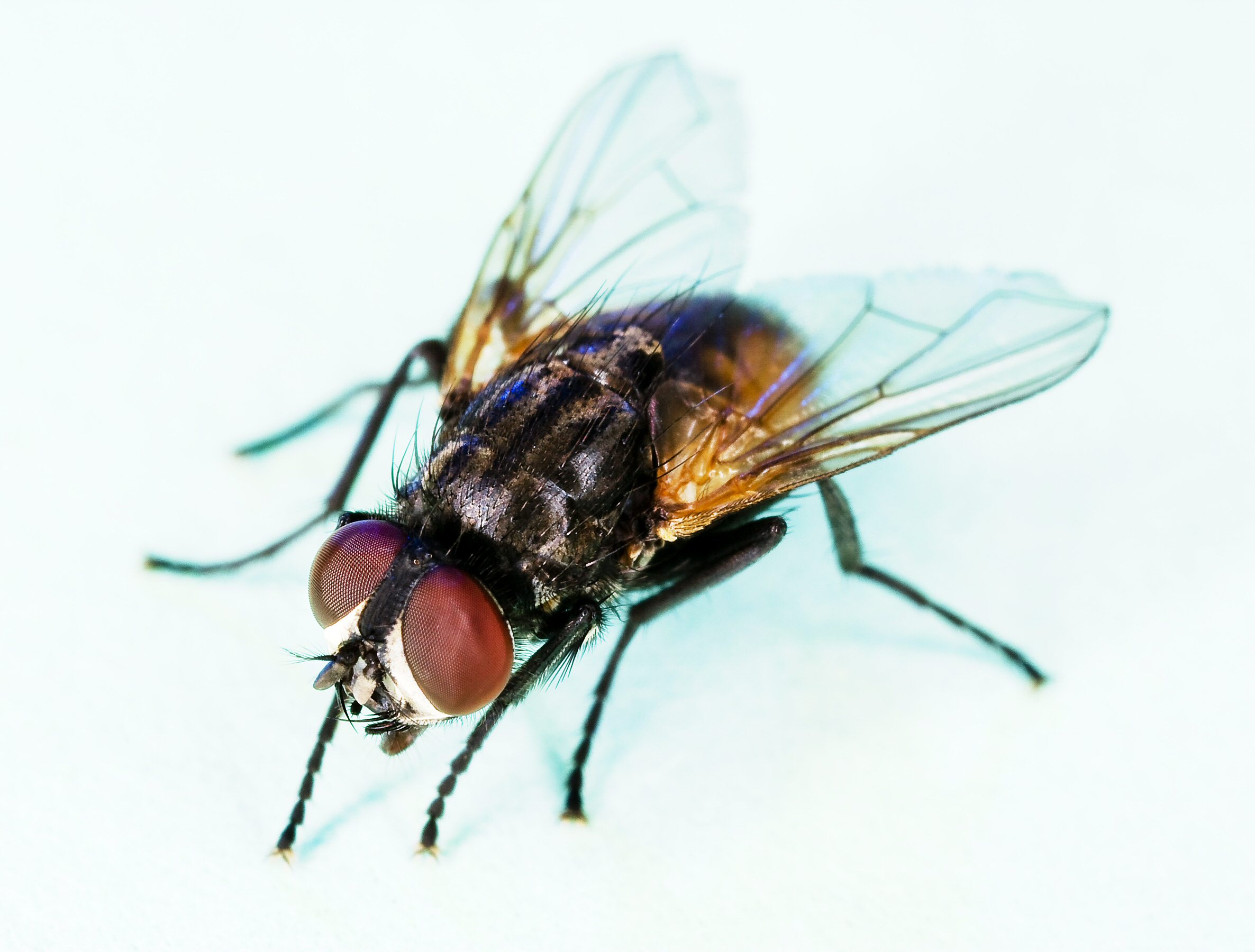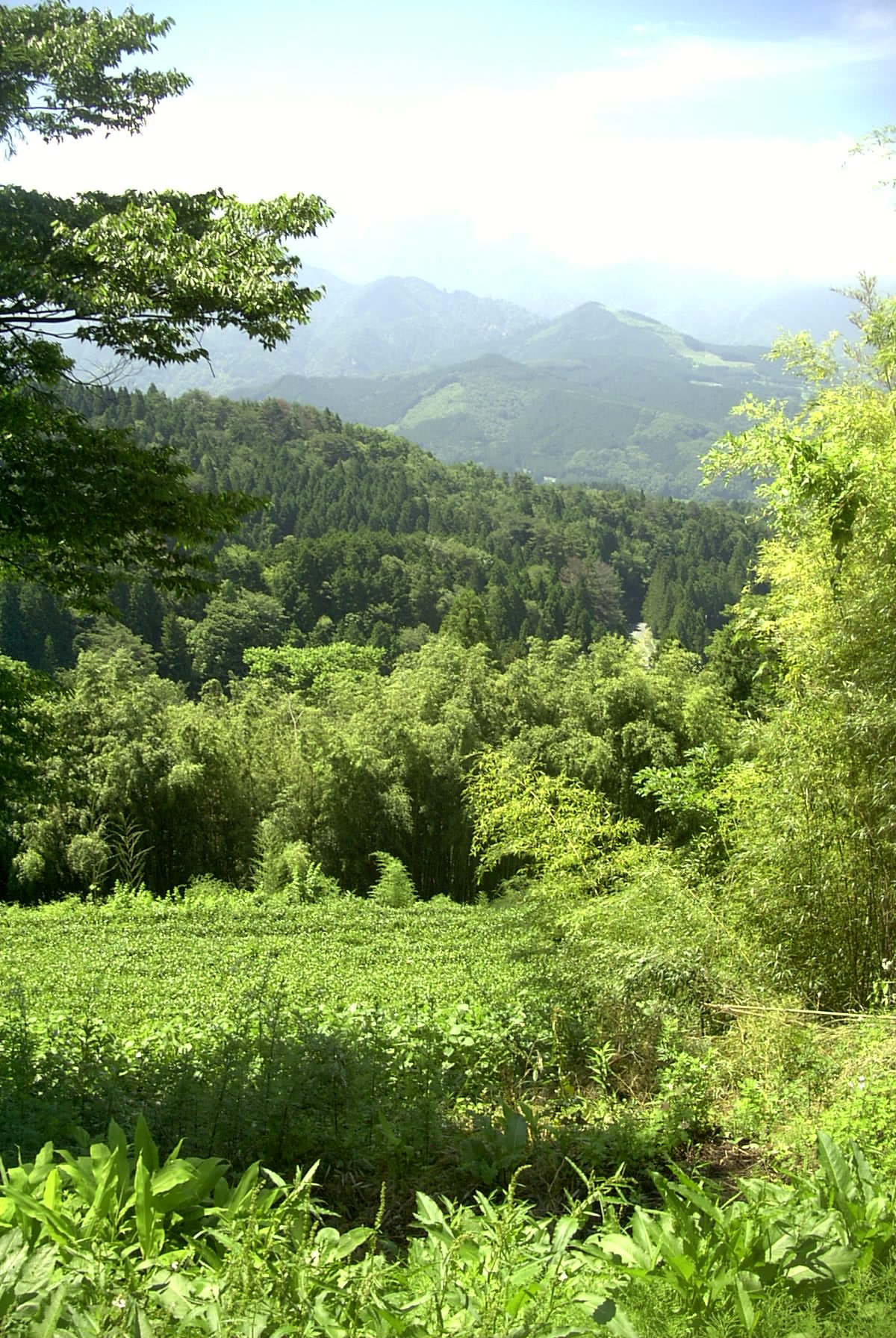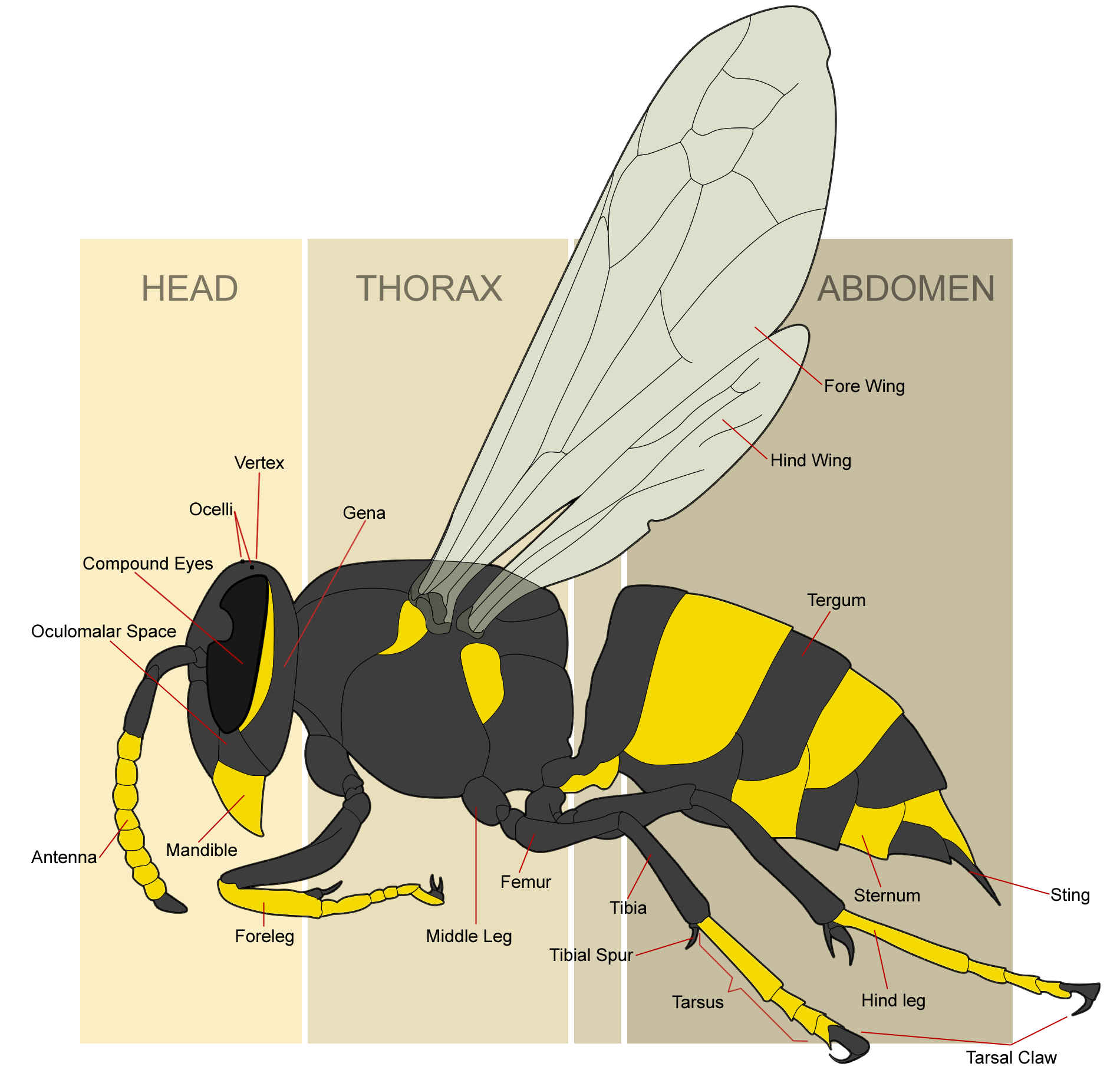|
Vespula Flaviceps
''Vespula flaviceps'' is a species of social wasp in the genus '' Vespula''. It found in Eastern Asia and Japan. Studies have suggested that the queens of this species may mate with more males and use sperm more evenly. The reason for this is not yet well understood. Taxonomy Synonyms ''V. flaviceps'' has been described by various other binomial names. A list of such names is presented below: *''Vespula gracilia'' *''Vespa saussurei'' *''Vespa quadrimaculata'' *''Vespula pionganensis'' *''Vespa japonica'' *''Vespa karenkona'' *''Vespa lewisii'' *''Vespa flavior'' Subspecies ''V. flaviceps'' has two subspecies. They are ''V. f. flaviceps'' and ''V. f. lewisii''. Distribution and habitat ''V. flaviceps'' is native to Eastern Asia and Japan. It can be found most prominently on the Japanese Islands, but is also present in South Korea and the southern portion of Primorsky Krai. Its population may be threatened by invasive raccoons, which prey upon it during the summer and autum ... [...More Info...] [...Related Items...] OR: [Wikipedia] [Google] [Baidu] |
Wasp
A wasp is any insect of the narrow-waisted suborder Apocrita of the order Hymenoptera which is neither a bee nor an ant; this excludes the broad-waisted sawflies (Symphyta), which look somewhat like wasps, but are in a separate suborder. The wasps do not constitute a clade, a complete natural group with a single ancestor, as bees and ants are deeply nested within the wasps, having evolved from wasp ancestors. Wasps that are members of the clade Aculeata can Stinger, sting their prey. The most commonly known wasps, such as yellowjackets and hornets, are in the family Vespidae and are Eusociality, eusocial, living together in a nest with an egg-laying queen and non-reproducing workers. Eusociality is favoured by the unusual haplodiploid system of sex-determination system, sex determination in Hymenoptera, as it makes sisters exceptionally closely related to each other. However, the majority of wasp species are solitary, with each adult female living and breeding independently ... [...More Info...] [...Related Items...] OR: [Wikipedia] [Google] [Baidu] |
Entomophagy
Entomophagy (, from Greek ἔντομον ', 'insect', and φαγεῖν ', 'to eat') is the practice of eating insects. An alternative term is insectivory. Terms for organisms that practice entomophagy are ''entomophage'' and ''insectivore''. Entomophagy is sometimes defined to also include the eating of arthropods other than insects, such as arachnids and myriapods; eating arachnids may also be referred to as arachnophagy. In non-humans Entomophagy is widespread among many animals, including non-human primates. Animals that feed primarily on insects are called insectivores. Insects, nematodes and fungi that obtain their nutrition from insects are sometimes termed ''entomophagous'', especially in the context of biological control applications. These may also be more specifically classified into predators, parasites or parasitoids, while viruses, bacteria and fungi that grow on or inside insects may also be termed ''entomopathogenic'' (see also entomopathoge ... [...More Info...] [...Related Items...] OR: [Wikipedia] [Google] [Baidu] |
Insects Described In 1870
Insects (from Latin ') are pancrustacean hexapod invertebrates of the class Insecta. They are the largest group within the arthropod phylum. Insects have a chitinous exoskeleton, a three-part body (head, thorax and abdomen), three pairs of jointed legs, compound eyes and one pair of antennae. Their blood is not totally contained in vessels; some circulates in an open cavity known as the haemocoel. Insects are the most diverse group of animals; they include more than a million described species and represent more than half of all known living organisms. The total number of extant species is estimated at between six and ten million; In: potentially over 90% of the animal life forms on Earth are insects. Insects may be found in nearly all environments, although only a small number of species reside in the oceans, which are dominated by another arthropod group, crustaceans, which recent research has indicated insects are nested within. Nearly all insects hatch from ... [...More Info...] [...Related Items...] OR: [Wikipedia] [Google] [Baidu] |
Hymenoptera Of Asia
Hymenoptera is a large order of insects, comprising the sawflies, wasps, bees, and ants. Over 150,000 living species of Hymenoptera have been described, in addition to over 2,000 extinct ones. Many of the species are parasitic. Females typically have a special ovipositor for inserting eggs into hosts or places that are otherwise inaccessible. This ovipositor is often modified into a stinger. The young develop through holometabolism (complete metamorphosis)—that is, they have a wormlike larval stage and an inactive pupal stage before they mature. Etymology The name Hymenoptera refers to the wings of the insects, but the original derivation is ambiguous. All references agree that the derivation involves the Ancient Greek πτερόν (''pteron'') for wing. The Ancient Greek ὑμήν (''hymen'') for membrane provides a plausible etymology for the term because species in this order have membranous wings. However, a key characteristic of this order is that the hindwings a ... [...More Info...] [...Related Items...] OR: [Wikipedia] [Google] [Baidu] |
Vespidae
The Vespidae are a large (nearly 5000 species), diverse, cosmopolitan family of wasps, including nearly all the known eusocial wasps (such as ''Polistes fuscatus'', '' Vespa orientalis'', and '' Vespula germanica'') and many solitary wasps. Each social wasp colony includes a queen and a number of female workers with varying degrees of sterility relative to the queen. In temperate social species, colonies usually last only one year, dying at the onset of winter. New queens and males (drones) are produced towards the end of the summer, and after mating, the queens hibernate over winter in cracks or other sheltered locations. The nests of most species are constructed out of mud, but polistines and vespines use plant fibers, chewed to form a sort of paper (also true of some stenogastrines). Many species are pollen vectors contributing to the pollination of several plants, being potential or even effective pollinators, while others are notable predators of pest insect species. The ... [...More Info...] [...Related Items...] OR: [Wikipedia] [Google] [Baidu] |
Aichi
is a prefecture of Japan located in the Chūbu region of Honshū. Aichi Prefecture has a population of 7,552,873 () and a geographic area of with a population density of . Aichi Prefecture borders Mie Prefecture to the west, Gifu Prefecture and Nagano Prefecture to the north, and Shizuoka Prefecture to the east. Overview Nagoya is the capital and largest city of Aichi Prefecture, and the fourth-largest city in Japan, with other major cities including Toyota, Okazaki, and Ichinomiya. Aichi Prefecture and Nagoya form the core of the Chūkyō metropolitan area, the third-largest metropolitan area in Japan and one of the largest metropolitan areas in the world. Aichi Prefecture is located on Japan's Pacific Ocean coast and forms part of the Tōkai region, a subregion of the Chūbu region and Kansai region. Aichi Prefecture is home to the Toyota Motor Corporation. Aichi Prefecture had many locations with the Higashiyama Zoo and Botanical Gardens, The Chubu Centrair Internation ... [...More Info...] [...Related Items...] OR: [Wikipedia] [Google] [Baidu] |
Gifu Prefecture
is a Prefectures of Japan, prefecture of Japan located in the Chūbu region of Honshu. Gifu Prefecture has a population of 1,991,390 () and has a geographic area of . Gifu Prefecture borders Toyama Prefecture to the north; Ishikawa Prefecture to the northwest, Fukui Prefecture and Shiga Prefecture to the west, Mie Prefecture to the southwest, Aichi Prefecture to the south, and Nagano Prefecture to the east. Gifu is the capital and largest city of Gifu Prefecture, with other major cities including Ōgaki, Kakamigahara, and Tajimi. Gifu Prefecture is located in the center of Japan, one of only eight landlocked prefectures, and features the country's center of population. Gifu Prefecture has served as the historic Intersection (road), crossroads of Japan with routes connecting the east to the west, including the Nakasendō, one of the Edo Five Routes, Five Routes of the Edo period. Gifu Prefecture was a long-term residence of Oda Nobunaga and Saitō Dōsan, two influential figure ... [...More Info...] [...Related Items...] OR: [Wikipedia] [Google] [Baidu] |
Nagano Prefecture
is a landlocked prefecture of Japan located in the Chūbu region of Honshū. Nagano Prefecture has a population of 2,052,493 () and has a geographic area of . Nagano Prefecture borders Niigata Prefecture to the north, Gunma Prefecture to the northeast, Saitama Prefecture to the east, Yamanashi Prefecture to the southeast, Shizuoka Prefecture and Aichi Prefecture to the south, and Gifu Prefecture and Toyama Prefecture to the west. Nagano is the capital and largest city of Nagano Prefecture, with other major cities including Matsumoto, Ueda, and Iida. Nagano Prefecture has impressive highland areas of the Japanese Alps, including most of the Hida Mountains, Kiso Mountains, and Akaishi Mountains which extend into the neighbouring prefectures. The abundance of mountain ranges, natural scenic beauty, and rich history has gained Nagano Prefecture international recognition as a world-class winter sports tourist destination, including hosting the 1998 Winter Olympics and a n ... [...More Info...] [...Related Items...] OR: [Wikipedia] [Google] [Baidu] |
Vespula Flaviceps03
''Vespula'' is a small genus of social wasps, widely distributed in the Northern Hemisphere. Along with members of their sister genus ''Dolichovespula'', they are collectively known by the common name yellowjackets (or yellow jackets) in North America. ''Vespula'' species have a shorter oculomalar space (shown in the figure below right) and a more pronounced tendency to nest underground than ''Dolichovespula''. Notable species * While most species of this genus inhabit North America, four ''Vespula'' species inhabit Europe, namely ''V. austriaca, V. germanica, V. rufa'' and ''V. vulgaris'' * Two common European species, the German wasp (''Vespula germanica'') and the common wasp (''Vespula vulgaris''), have established in other countries: both species are now found in New Zealand, Australia and South America, while the former has also been introduced in North America, and the latter in southern Africa. * The eastern yellowjacket (''Vespula maculifrons'') and western yellowja ... [...More Info...] [...Related Items...] OR: [Wikipedia] [Google] [Baidu] |
Vespula
''Vespula'' is a small genus of social wasps, widely distributed in the Northern Hemisphere. Along with members of their sister genus '' Dolichovespula'', they are collectively known by the common name yellowjackets (or yellow jackets) in North America. ''Vespula'' species have a shorter oculomalar space (shown in the figure below right) and a more pronounced tendency to nest underground than ''Dolichovespula''. Notable species * While most species of this genus inhabit North America, four ''Vespula'' species inhabit Europe, namely ''V. austriaca, V. germanica, V. rufa'' and ''V. vulgaris'' * Two common European species, the German wasp (''Vespula germanica'') and the common wasp (''Vespula vulgaris''), have established in other countries: both species are now found in New Zealand, Australia and South America, while the former has also been introduced in North America, and the latter in southern Africa. * The eastern yellowjacket (''Vespula maculifrons'') and western yello ... [...More Info...] [...Related Items...] OR: [Wikipedia] [Google] [Baidu] |
Vespula Flaviceps05
''Vespula'' is a small genus of social wasps, widely distributed in the Northern Hemisphere. Along with members of their sister genus ''Dolichovespula'', they are collectively known by the common name yellowjackets (or yellow jackets) in North America. ''Vespula'' species have a shorter oculomalar space (shown in the figure below right) and a more pronounced tendency to nest underground than ''Dolichovespula''. Notable species * While most species of this genus inhabit North America, four ''Vespula'' species inhabit Europe, namely ''V. austriaca, V. germanica, V. rufa'' and ''V. vulgaris'' * Two common European species, the German wasp (''Vespula germanica'') and the common wasp (''Vespula vulgaris''), have established in other countries: both species are now found in New Zealand, Australia and South America, while the former has also been introduced in North America, and the latter in southern Africa. * The eastern yellowjacket (''Vespula maculifrons'') and western yellowja ... [...More Info...] [...Related Items...] OR: [Wikipedia] [Google] [Baidu] |






